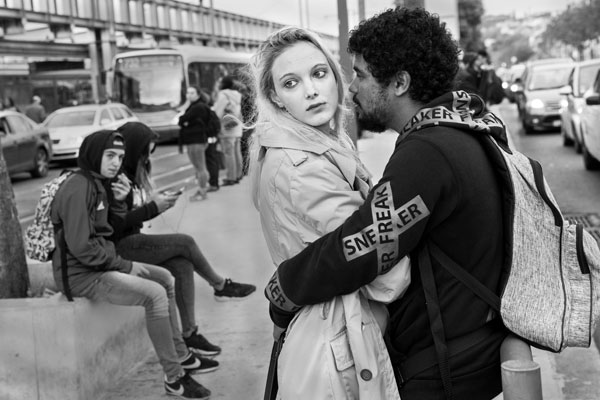The Basic Principles Of Framing Streets
The Basic Principles Of Framing Streets
Blog Article
Indicators on Framing Streets You Should Know
Table of Contents9 Easy Facts About Framing Streets ExplainedFascination About Framing StreetsThings about Framing StreetsThe Best Guide To Framing StreetsThe Single Strategy To Use For Framing StreetsThe 6-Minute Rule for Framing Streets
, typically with the goal of capturing photos at a decisive or emotional moment by cautious framework and timing. https://www.huntingnet.com/forum/members/framingstreets1.html.
Unknown Facts About Framing Streets
Susan Sontag, 1977 Road photography can concentrate on people and their actions in public. In this respect, the street digital photographer is similar to social documentary professional photographers or photographers that additionally function in public areas, but with the aim of capturing newsworthy events. Any one of these digital photographers' photos might record individuals and home visible within or from public areas, which frequently entails browsing moral issues and laws of privacy, safety and security, and residential property.
Representations of daily public life develop a genre in virtually every duration of world art, starting in the pre-historic, Sumerian, Egyptian and early Buddhist art periods. Art dealing with the life of the road, whether within views of cityscapes, or as the dominant concept, appears in the West in the canon of the North Renaissance, Baroque, Rococo, of Romanticism, Realism, Impressionism and Post-Impressionism.
Not known Facts About Framing Streets
Louis Daguerre: "Boulevard du Holy place" (1838 or 1839) In 1838 or 1839 the first photo of numbers in the street was taped by Louis-Jacques-Mand Daguerre in among a pair of daguerreotype views extracted from his studio window of the Blvd du Holy place in Paris. The second, made at the height of the day, reveals an uninhabited stretch of street, while the other was taken at regarding 8:00 am, and as Beaumont Newhall records, "The Boulevard, so continuously loaded with a relocating throng of pedestrians and carriages was completely singular, other than an individual that was having his boots combed.
As a result his boots and legs were well defined, however he lacks body or head, due to the fact that these remained in activity." Charles Ngre, waterseller Charles Ngre. https://445msov26n7.typeform.com/to/G0aYLLMd was the first professional photographer to acquire the technological refinement required to register individuals in activity on the street in Paris in 1851. Professional Photographer John Thomson, a Scotsman functioning with reporter and social activist Adolphe Smith, published Street Life in London in twelve regular monthly installations beginning in February 1877
The Ultimate Guide To Framing Streets
Eugene Atget is considered as a progenitor, not due to the fact that he was the initial of his kind, but as an outcome of the popularisation in the late 1920s of his document of Parisian roads by Berenice Abbott, who was motivated to take on a comparable documents of New York City. [] As the city developed, Atget helped to promote Parisian roads as a deserving subject for digital photography.

Things about Framing Streets
Andre Kertesz.'s widely admired Images la Sauvette (1952) (the English-language version was labelled The Crucial Minute) advertised the concept of taking an image at what he termed the "decisive minute"; "when kind and web content, vision and make-up combined right into a transcendent whole" - sony a7iv.
Not known Facts About Framing Streets
The recording equipment was 'a concealed video camera', a 35 mm Contax hidden underneath his layer, that was 'strapped to the breast and connected to a long cord strung down the ideal sleeve'. His work had little contemporary influence as due to Evans' sensitivities concerning the originality of his task and the privacy of his topics, it was not published up until 1966, in the publication Many Are Called, with an introduction created by James Agee in 1940.
Helen Levitt, then an educator of little ones, related to Evans in 193839. She recorded the temporal chalk drawings - 50mm street photography that became part of children's street society in New york city at the time, as well as the children who made them. In July 1939, Mo, MA's brand-new digital photography section included Levitt's operate in its inaugural eventRobert Frank's 1958 publication,, was significant; raw and typically out of emphasis, Frank's photos examined conventional photography of the time, "challenged all the formal guidelines put down by Henri Cartier-Bresson and Pedestrian Evans" and "contradicted Discover More Here the wholesome pictorialism and heartfelt photojournalism of American publications like LIFE and Time".
Report this page